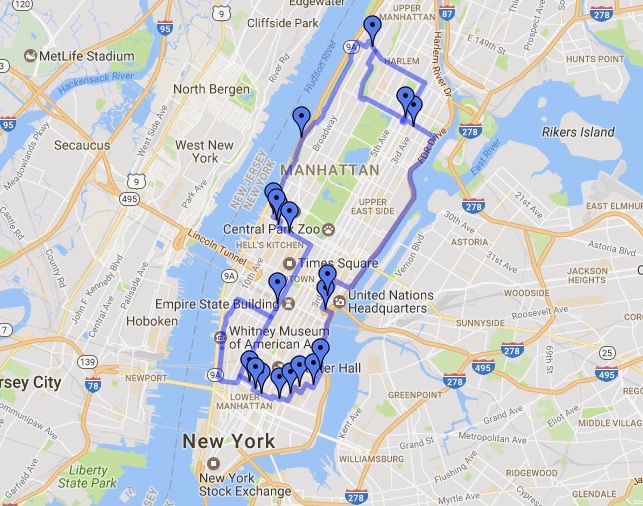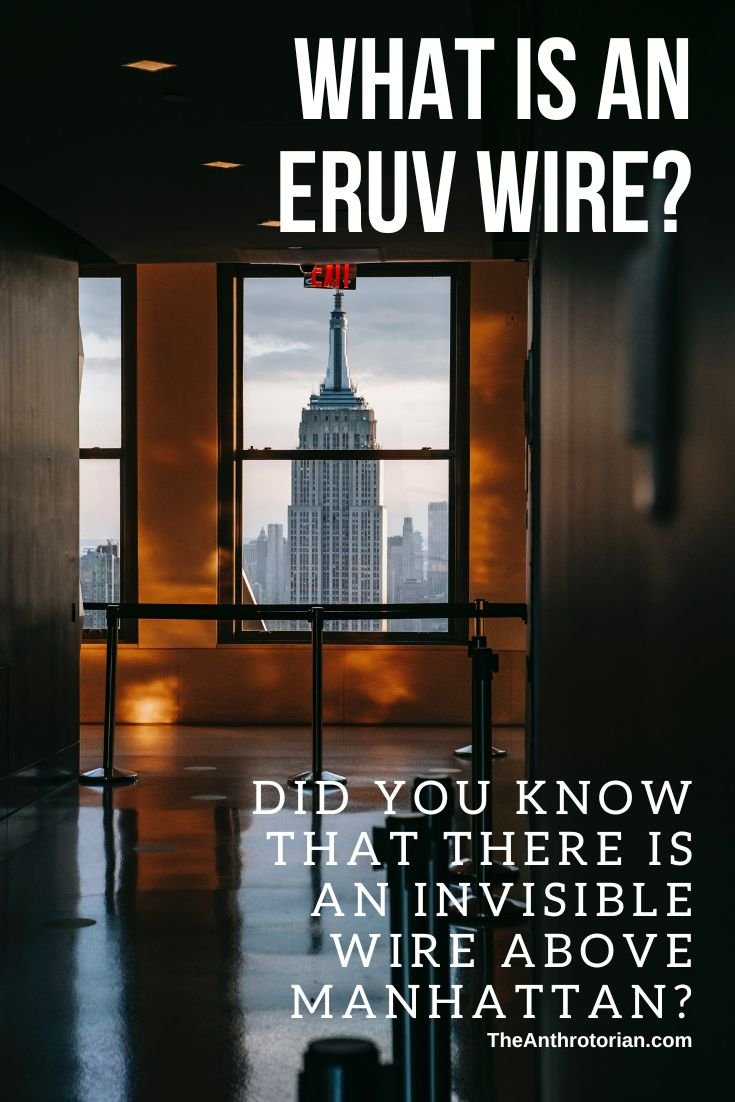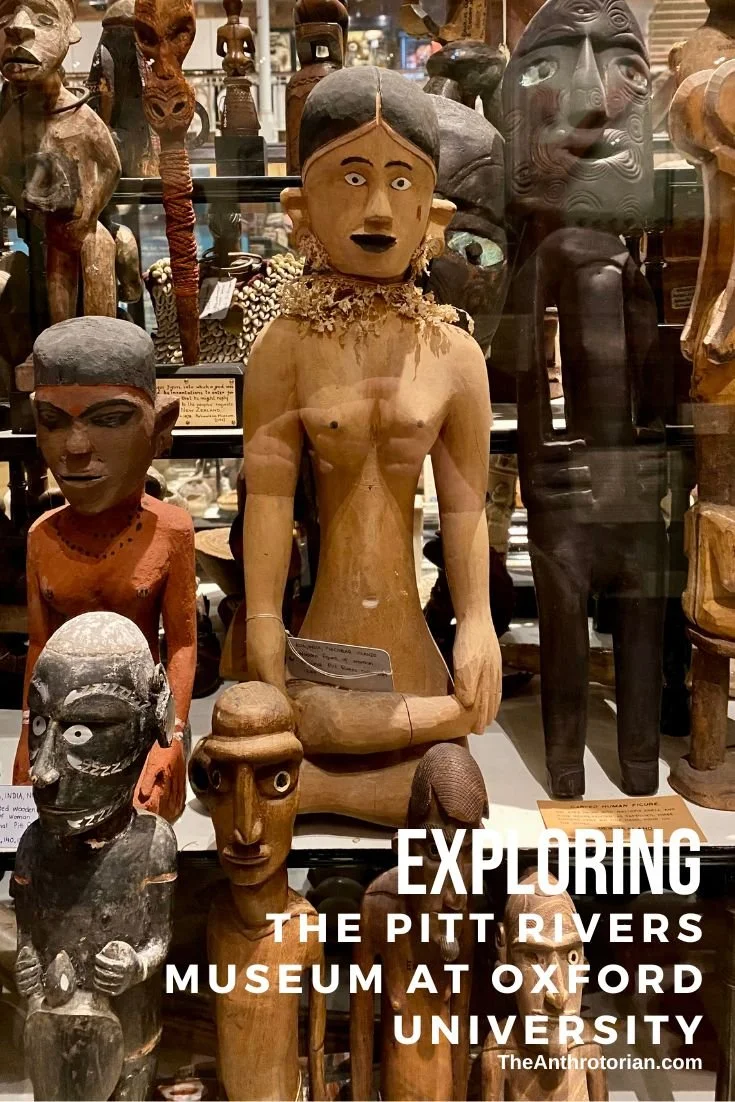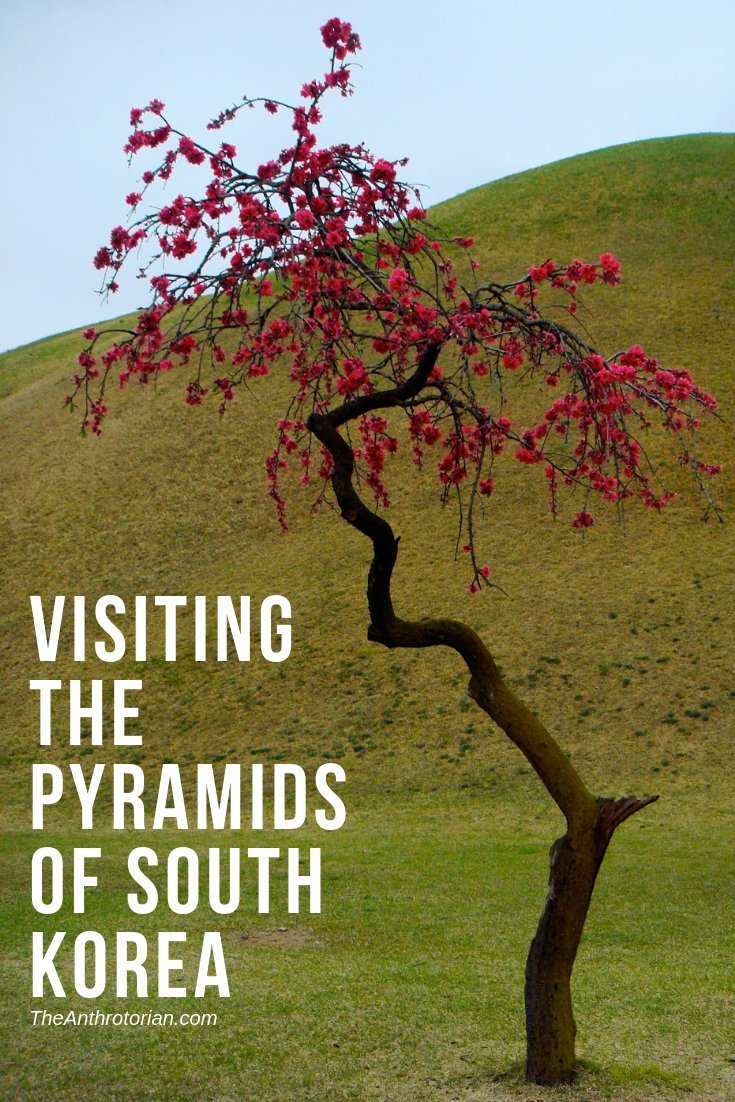Nope, that web of wires you might notice above your head while wandering through Manhattan, New York are not all for carrying electricity.
There are actually 18 miles(!) of translucent wire that run throughout the borough called an eruv.
The eruv (or eruvin) is there because of the Jewish Sabbath. A day of rest in the Jewish tradition, people observing the Sabbath aren't permitted to do any sort of work in public places, which includes carrying things like groceries, laundry, or books.
What the eruv does is act as a boundary that symbolically transforms the public streets into a private space. What this means is that those observing the Sabbath can carry things, socialize and act as they would at home while within the boundary of the wire, and not break Jewish law.
How cool is that?!
According to an article in Mental Floss, a rabbi inspects the wires every Thursday before dawn to ensure they are still attached.
The wires are all a quarter-inch thick and must be at least 15 ft off the ground. Orthodox synagogues pay to maintain the wires, which can cost more than $100,000 a year.
The location of the eruvin wires in Manhattan (source)
Manhattan isn't the only city where there is an eruv — they can also be found in cities all over the world. Next time you find yourself in Melbourne, Vienna, Halifax, Manchester, Denver, or Portland, look up — you might be able to spot the eruv wire.
Check out the full list of the cities where eruv wires are located here.
Pin me!
Meet The Author
Lindsay Shapka is an avid traveler and the creator of The Anthrotorian — a website dedicated to sharing travel tips, stories about adventures, culture quirks, artists you should know, fascinating bits of history, and more!
She is also an artist, marketing specialist, editor, and freelance writer who has work featured on websites, blogs, and in magazines like National Geographic Traveler.













Yes, there are two famous Pantheons that you can visit in Europe — one in Paris and one in Rome — but they were both constructed for very different reasons, and were built hundreds of years apart.